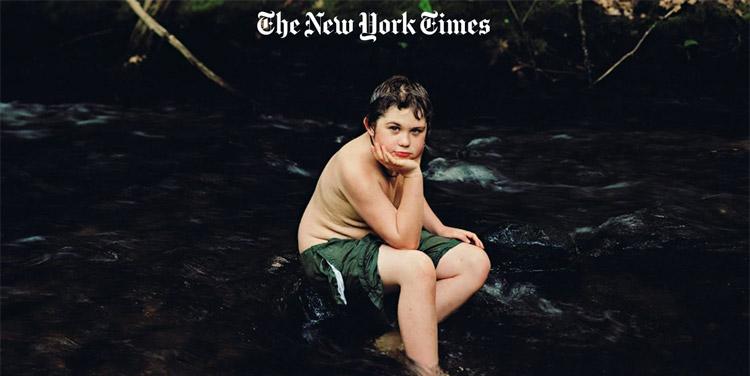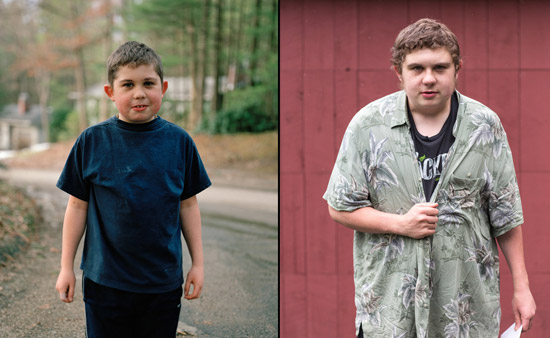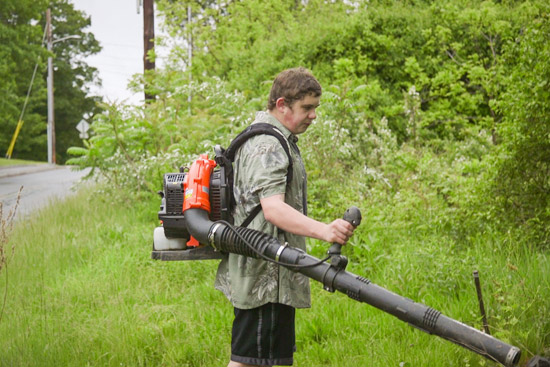
Looking Into the Future for a Child With Autism
We recently came across this wonderful article in the New York Times, written by Cammie McGovern a mum of a young man on the autism spectrum.
It was particularly relevant for us at MyCareSpace as we have been busy speaking with parents, support coordinators and planners as we put together our next resource on Setting goals for your NDIS plan!
=====================================================================
How do you write about the happy life you hope for your child to have when you have a hard time picturing it yourself?
For 18 years, I’ve dreaded the yearly ritual of writing a “vision statement” for an Individualized Education Plan, or I.E.P., for our son, Ethan. He has autism and, as any parent of a child with significant special needs knows, the yearly team meeting to develop the I.E.P. can be emotional and fraught. For us it has felt, at times, like an annual adjustment of expectations downward.
In theory, the vision statement is a lovely idea — an opportunity for parents to articulate the optimistic future they envision for their child five years down the road. In reality, as Ethan grew up and his limitations — cognitive and behavioral — became clearer, I found it harder every year to write the short paragraph. We came to see he couldn’t live independently, get married, work in a job without support — but if those are the givens, what does a hopeful future look like?

Ethan, left, in 2007 and right, in 2017. Credit Josephine Sittenfeld
This year, as Ethan turned 21 and completed his final year in the school system, he shocked us by writing his own vision statement. Reading his words made me realize how wrong I’d been for years, trying to articulate what my son’s future should look like.
While Ethan was still in elementary school, our vision statements included the same wish list I imagine every parent of a child with autism probably has: better communication, fewer meltdowns, more independence. When he was 12, I got more pragmatic, “We wonder if Ethan’s love of farm machinery might one day become an employment opportunity.” At 13, after a successful stint in the middle school chorus, I wrote, “Ethan would like a future in music, perhaps as a professional singer?” At that point Ethan was still working on using a Kleenex to blow his nose. A future as a singer was far-fetched, I knew, but I wrote it as a way of saying: Ethan does have abilities. We’re serious about developing them.
This is the great challenge parents face in these yearly meetings: You’re fighting for teachers to help your child work toward a future that, with every year, feels as if it’s growing narrower and bleaker. When it’s clear he’ll never understand money well enough to make change, you cross off the possibility of working in any retail job. When he can’t stop rubbing his nose or touching his mouth at work, all food service opportunities dissolve as well. When his self-talk disturbs the nursing home residents where he genuinely likes volunteering, another door closes.
Even as Ethan bombed out at one job after another, he stayed true to his passions: music, farm equipment, collecting business cards. Oblivious to what looked to us like a frightening and empty future, he was fairly cheerful on a day-to-day basis. If anything, one of his problems on job sites was his failed attempts at jokes and “too much silliness.”
In desperation, we signed Ethan up to work at a local farm that specializes in employing young adults with disabilities assuming it would go the way the others have. He’d be interested at first, then bored, and then — because he was bored — silly and unsafe around the equipment in a way that would get him removed from the program. It was his pattern and if there’s anything we’ve learned, autistic kids love repeating their patterns.
What we wrote for his vision statement that year reflects our rock-bottom expectations: “We hope that Ethan can remain with this program for the year.”

Ethan operating a leaf blower at work earlier this year.CreditJosephine Sittenfeld
Then he surprised us. He worked there for a month and we got no phone calls.
After six months, we got a jolly report. “He’s fun! And a pretty good worker for about one to two hours a day.” After a year, we were told he’d made it onto a landscaping crew. “What do you do on the crew?” we asked.
“Stuff,” Ethan said and listed a few machines we assumed he was watching other people operate. He could mow a lawn, we knew, but he couldn’t use a leaf blower. Or a weed whacker. We’ve lived with Ethan for 21 years. We know his limitations.
At our last I.E.P. meeting a representative from the farm came and read a report from Ethan’s “Crew Captain.” We heard that, indeed, Ethan wasoperating those machines, safely and effectively, along with this final line: “Ethan makes us laugh every day.”
I could hardly believe it. I stole a look at his dad and smiled.
This meeting fell at a particularly demanding time in my life and I’d arrived without writing a vision statement ahead of time. When I started to apologize, the vocational coordinator — a young woman who’d struggled for four years to find a job placement for Ethan — held up her hand. “It’s fine. Ethan wrote his own this year.” Apparently he’d dictated it to her on a recent visit to the farm. A few minutes later, he read it aloud:
“After I graduate from high school I plan to work at Prospect Meadow Farm until I retire and live at home with my family as long as I can. I’d like to keep taking classes at Berkshire Hills Music Academy. For fun, I want to play Special Olympics basketball, go to our cabin in Vermont and the shore in New Jersey, mow lawns, and collect business cards. My goals for the future are to take the PVTA bus into town to make purchases, and someday learn how to drive a zero-turn lawn mower.”
For a full five seconds after he finished, no one said anything. I looked across the table at his speech therapist who had known him since he was 14 years old. She had tears in her eyes. I did, too.
Not simply because Ethan had articulated his own entirely reasonable vision statement, but because it incorporated every aspect of his present life that brings him joy. After years of fabricating visions for a future we never honestly thought possible, Ethan was offering one that was both optimistic and breathtakingly simple: I want my life to keep looking the way it does now.
I wish I could tell other parents at the start of their journey what it’s taken me two decades to learn. First, that your child may continue to grow and change and, even at the age of 21, may surprise you by doing things you never thought possible. Second, that in the end, success won’t be measured by academic performance or job placement. It will have more to do with accumulating small pleasures and filling your life with those. I don’t know why it never occurred to me: Your future should look like the best parts of your present.
=====================================================================
Cammie McGovern is the author of four books for children and young adults, all of which feature characters with disabilities.
Josephine Sittenfeld is a photographer in Providence, R.I., who teaches at the Rhode Island School of Design.



